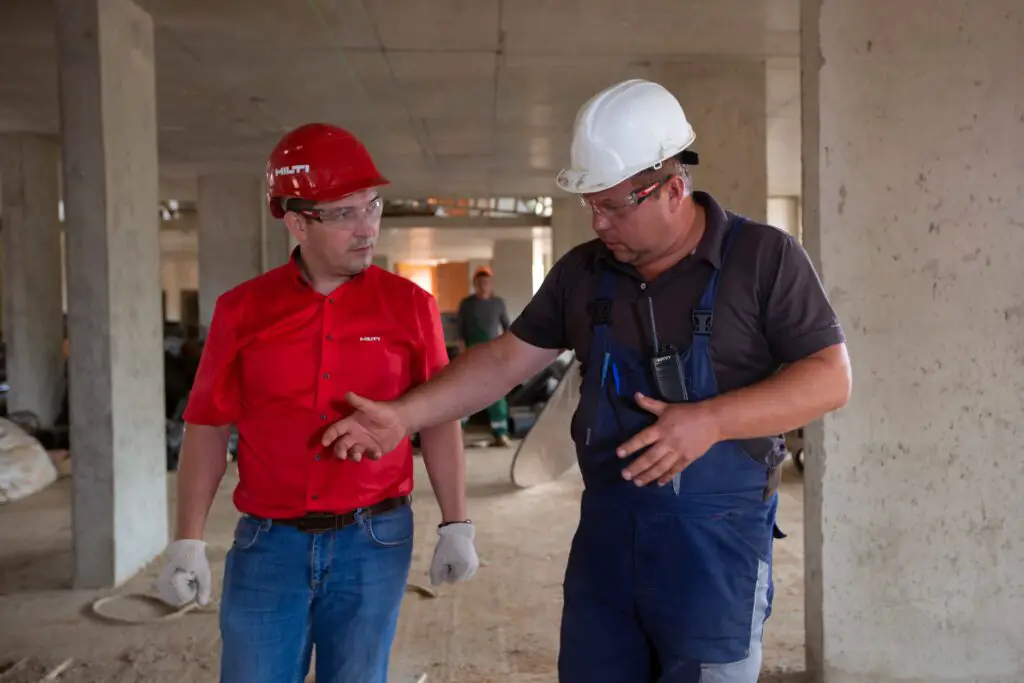
The Evolution and Importance of Safety Engineering: Guaranteed Protecting Lives and Ensuring Progress
Safety engineering, a multidisciplinary field dedicated to minimizing risks and preventing accidents, has played an indispensable role in shaping the modern world.
From the construction of towering skyscrapers to the development of intricate medical devices, safety engineers tirelessly work behind the scenes to ensure the well-being of individuals and communities.
This article delves into the evolution, principles, and significance of safety engineering in today’s complex and interconnected society.
Historical Perspective and Evolution
The roots of safety engineering can be traced back to ancient civilizations that prioritized structural stability and fire prevention. However, it wasn’t until the Industrial Revolution that safety concerns began to receive systematic attention.
The growing complexity of machinery, transportation systems, and manufacturing processes brought about unprecedented risks, leading to a demand for proactive safety measures.
The birth of safety engineering as a distinct discipline gained momentum in the late 19th and early 20th centuries. Pioneers like Frank B. Gilbreth and Frederick W. Taylor introduced time-motion studies and ergonomic principles, revolutionizing workplace safety.
As industries expanded and technological advancements accelerated, safety engineering became essential to address the evolving challenges of the modern world.
Core Principles of Safety Engineering
Safety engineering revolves around a set of fundamental principles aimed at mitigating risks and preventing accidents. These principles guide professionals in their efforts to create safe environments and products:
- Risk Assessment: Identifying potential hazards and assessing their likelihood and severity is the foundation of safety engineering. This involves analyzing the various components of a system, their interactions, and potential failure modes.
- Hazard Mitigation: Once hazards are identified, safety engineers work to eliminate or reduce them. This can involve design modifications, implementing protective measures, and incorporating fail-safes.
- Human Factors: Understanding how humans interact with technology and environments is critical to preventing accidents. Ergonomics, user-centered design, and human error analysis play crucial roles in enhancing safety.
- Regulatory Compliance: Safety engineering is often governed by regulations and standards set by governmental bodies and industry organizations. Compliance ensures that minimum safety requirements are met and maintained.
- Systems Thinking: Modern systems are highly complex, with numerous interconnected components. Safety engineers apply systems thinking to comprehend these intricacies and anticipate potential failure points.
- Continuous Improvement: Safety engineering is a dynamic field that embraces ongoing learning and adaptation. Post-incident analysis, feedback loops, and data-driven decision-making contribute to the continuous improvement of safety practices.
Applications and Impact
Safety engineering has permeated virtually every sector of society, leaving an indelible mark on how we live, work, and interact with technology:
1. Transportation
Safety engineers have revolutionized transportation safety by contributing to the design of vehicles, traffic management systems, and aviation protocols. Airbags, anti-lock braking systems (ABS), and collision avoidance systems are just a few innovations that have saved countless lives.
2. Industrial Processes
In industries such as manufacturing, petrochemicals, and construction, safety engineering ensures that workers are protected from hazardous materials, machinery, and environments. Robust safety protocols prevent accidents, reduce downtime, and improve productivity.
3. Healthcare
Medical devices and healthcare facilities are subject to rigorous safety standards. Safety engineering guarantees the reliability and effectiveness of devices like MRI machines, pacemakers, and surgical instruments, safeguarding both patients and healthcare professionals.
4. Information Technology
The digital age has brought its own set of safety challenges. Cybersecurity, data privacy, and software reliability are all areas where safety engineering principles are applied to protect sensitive information and maintain the integrity of systems.
5. Infrastructure and Construction
Safety engineers are pivotal in constructing resilient buildings, bridges, and infrastructure. Their expertise ensures that structures can withstand natural disasters and everyday wear and tear, safeguarding lives and investments.
Future Challenges and Opportunities
As technology continues to advance, safety engineering faces new challenges and opportunities:
1. Emerging Technologies
The integration of artificial intelligence, automation, and robotics presents novel safety concerns. Safety engineers must adapt their expertise to these evolving technologies to ensure their safe and responsible deployment.
2. Sustainability
Safety engineering is converging with sustainability efforts to create environmentally conscious solutions. Designing products and systems that minimize their impact on the planet while ensuring safety remains a critical objective.
3. Globalization and Cultural Context
Safety engineers operate in diverse cultural and regulatory environments. Navigating these complexities while maintaining a universal commitment to safety requires a keen understanding of regional norms and practices.
4. Ethical Considerations
Balancing safety with ethical considerations, such as privacy and autonomy, becomes increasingly important as technology becomes more integrated into daily life.
Conclusion
Safety engineering’s evolution from rudimentary hazard prevention to a sophisticated, multidisciplinary practice highlights its pivotal role in the modern world. By adhering to core principles, safety engineers create a safer, more resilient society across diverse sectors.
As the world continues to change, safety engineering will remain a crucial force, adapting and innovating to ensure that progress is pursued without compromising human well-being.
To see other material construction prices, please see here.
To know other construction guides, tips, and methodology for beginners, veterans, and contractors, please see here.
